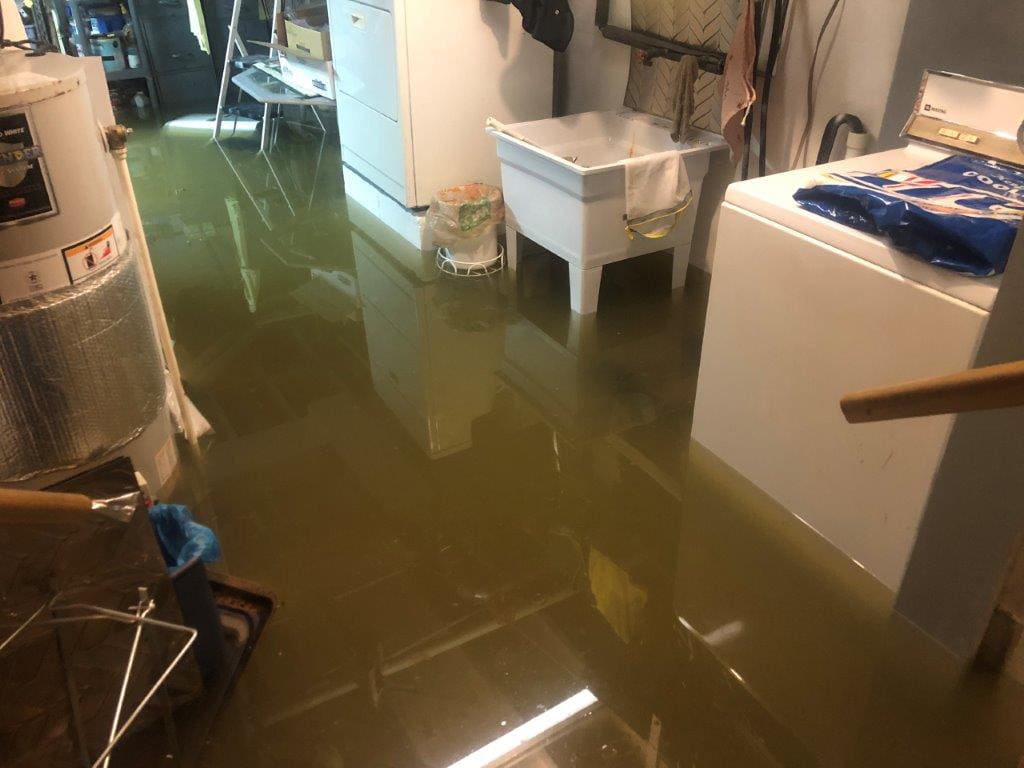Do's & Don'ts of Water Damages.
Click HereEach person has their own individual perception involving What You Can Do At Home To Prevent Fire And Water Damage.

Water gives life, water invasion on parts where it's not meant to be can result in damage. If the water soaks right into your framework, it can peel away surfaces and also wear down the foundation. Mold and also mold also prosper in a moist setting, which can be unsafe for your health and wellness. Residences with water damage scent mildewy as well as old.
Water can originate from many sources such as typhoons, floods, burst pipes, leakages, and sewage system concerns. In case you experience water damages, it would certainly be good to recognize some safety and security preventative measures. Right here are a couple of guidelines on how to manage water damage.
Do Prioritize Home Insurance Policy Protection
Water damage from flooding as a result of hefty winds is seasonal. However, you can also experience an unexpected flooding when a damaged pipeline instantly breaks into your residence. It would be best to have home insurance policy that covers both disasters such as natural calamities, as well as emergency situations like busted plumbing.
Don't Forget to Turn Off Utilities
In the event of a calamity, particularly if you reside in a flood-prone location, it would be advisable to switch off the primary electric circuit. This removes power to your entire house, preventing electric shocks when water can be found in as it is a conductor. Do not neglect to turn off the major water line shutoff. When floodwaters are high, furnishings will certainly move as well as create damage. Having the primary valve turned off avoids more damages.
Do Keep Proactive as well as Heed Climate Notifies
Tornado floods can be extremely unpredictable. If there is a history of flooding in your community, stay proactive and also prepared. If you live near a creek, river, or lake, pay attention to emptying warnings. Secure valuables from the very beginning and cellar, then put them on the greatest feasible level. Doing so minimizes potential property damage.
Do Not Ignore the Roof
You can prevent rain damage if there are no openings as well as leaks in your roof. This will protect against water from flowing down your walls and also soaking your ceiling.
Do Take Notice Of Small Leakages
A ruptured pipeline doesn't happen over night. Typically, there are warnings that suggest you have weakened pipelines in your house. As an example, you may see gurgling paint, peeling off wallpaper, water touches, water spots, or leaking sounds behind the wall surfaces. At some point, this pipeline will burst. Ideally, you need to not wait for things to intensify. Have your plumbing repaired prior to it results in huge damages.
Do Not Panic in Case of a Ruptured Pipe
Maintaining your presence of mind is important in a time of situation. Stressing will just compound the problem because it will stifle you from acting quick. When it comes to water damages, timing is vital. The longer you wait, the even more damages you can anticipate. Therefore, if a pipe bursts in your house, immediately shut off your main water valve to remove the source. Disconnect all electrical outlets in the area or transform off the circuit breaker for that part of the house. Ultimately, call a trustworthy water damages repair professional for aid.
Water gives life, water invasion on parts where it's not supposed to be can result in damages. Residences with water damages scent mildewy and old.
Water damage from flooding dues to hefty winds is seasonal. You may discover bubbling paint, peeling wallpaper, water touches, water discolorations, or trickling audios behind the wall surfaces. When it comes to water damages, timing is key.
Some Do's & Don't When Dealing with a Water Damage
DO:
Make sure the water source has been eliminated. Contact a plumber if needed. Turn off circuit breakers supplying electricity to wet areas and unplug any electronics that are on wet carpet or surfaces Remove small furniture items Remove as much excess water as possible by mopping or blotting; Use WHITE towels to blot wet carpeting Wipe water from wooden furniture after removing anything on it Remove and prop up wet upholstery cushions for even drying (check for any bleeding) Pin up curtains or furniture skirts if needed Place aluminum foil, saucers or wood blocks between furniture legs and wet carpet Turn on air conditioning for maximum drying in winter and open windows in the summer Open any drawers and cabinets affected for complete drying but do not force them open Remove any valuable art objects or paintings to a safe, dry place Open any suitcases or luggage that may have been affected to dry, preferably in sunlight Hang any fur or leather goods to dry at room temperature Punch small holes in sagging ceilings to relieve trapped water (don't forget to place pans beneath!); however, if the ceiling is sagging extremely low, stay out of the room and we'll take care of it DO NOT:
Leave wet fabrics in place; dry them as soon as possible Leave books, magazines or any other colored items on wet carpets or floor Use your household vacuum to remove water Use TV's or other electronics/appliances while standing on wet carpets or floors; especially not on wet concrete floors Turn on ceiling fixtures if the ceiling is wet Turn your heat up, unless instructed otherwise

Do you like reading up on Reducing Your Risk Of Water And Fire Damage At Home? Try to leave a review below. We will be pleased to see your views about this blog. Hoping to see you back again in the near future. You should take the time to distribute this blog post if you liked it. Kudos for your time. Kindly visit our website back soon.